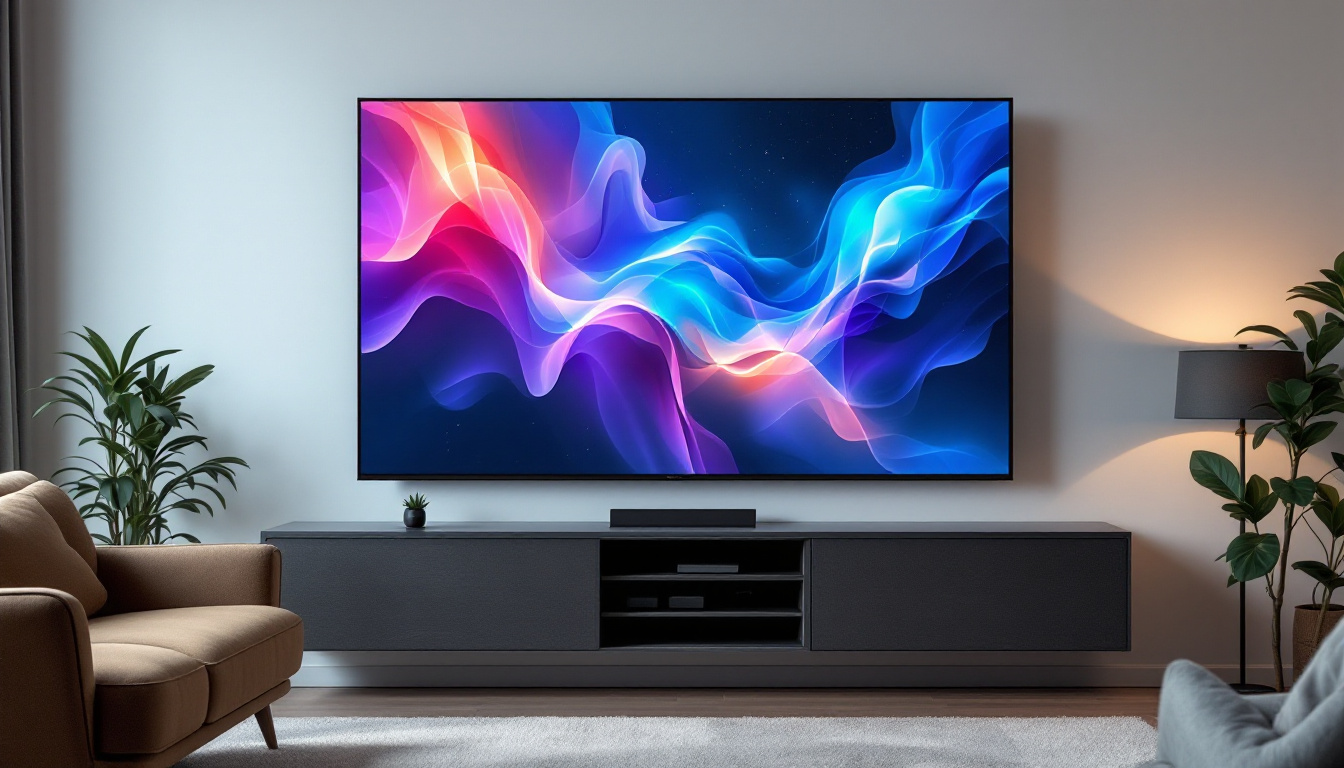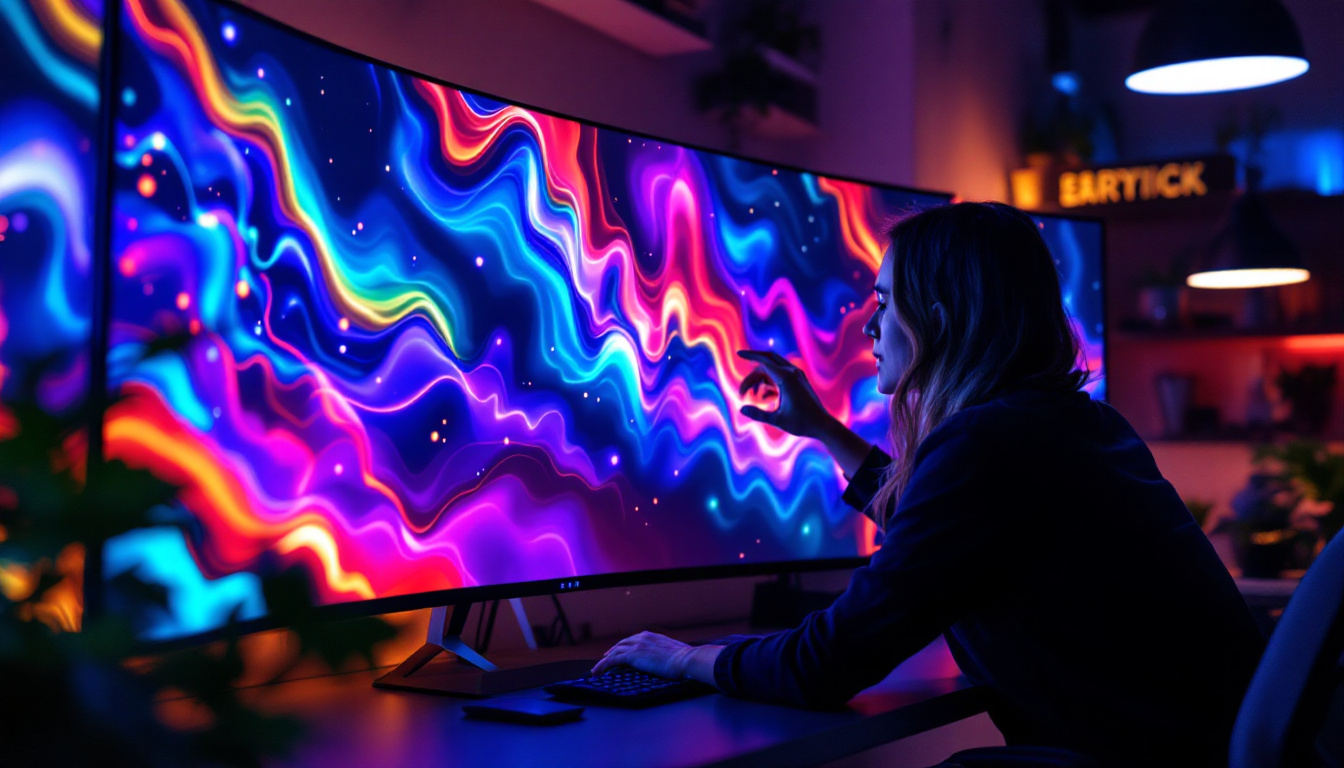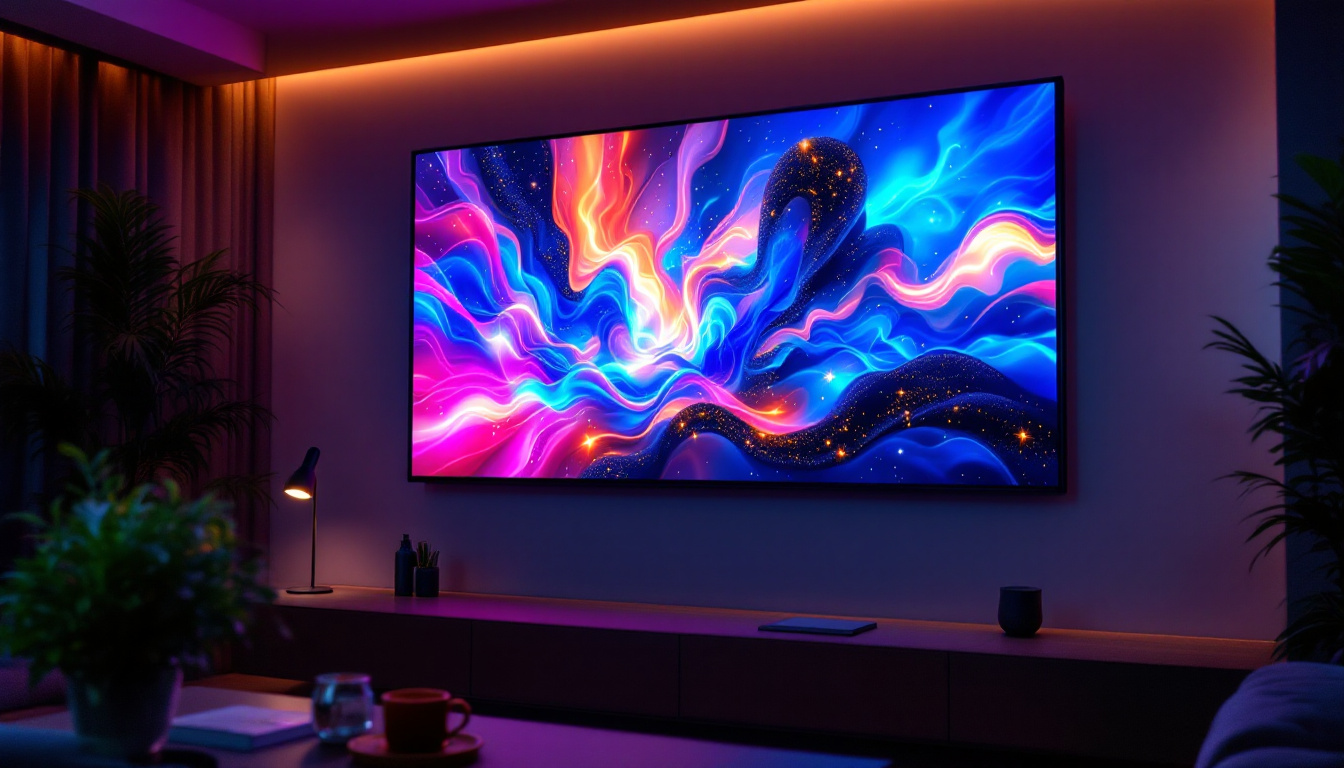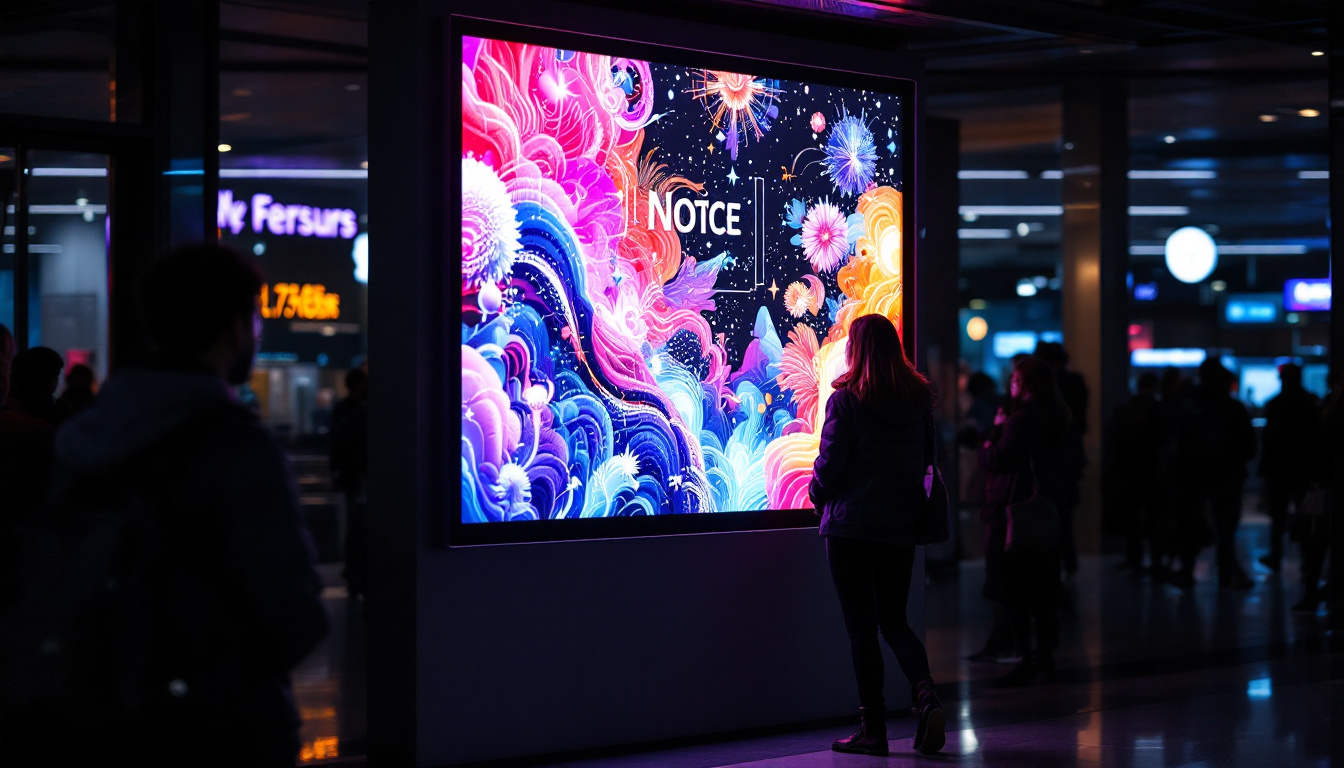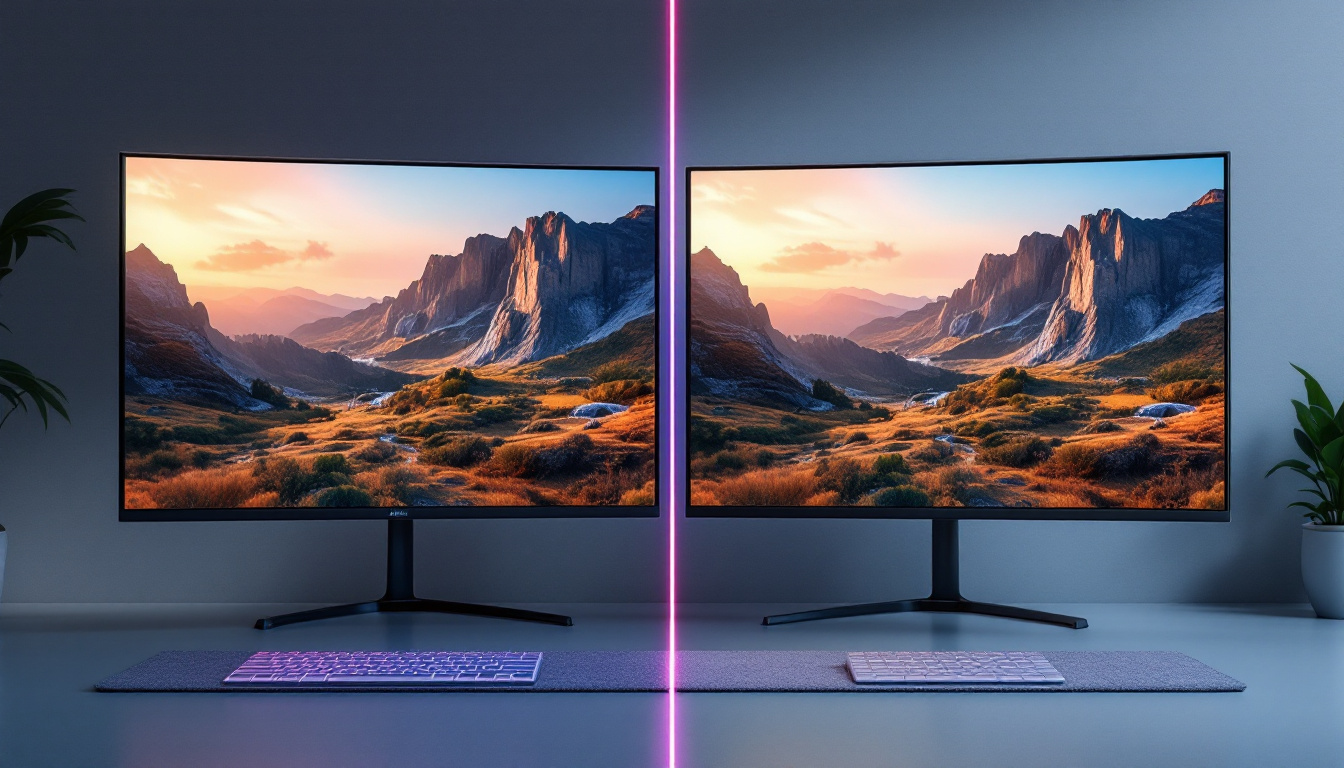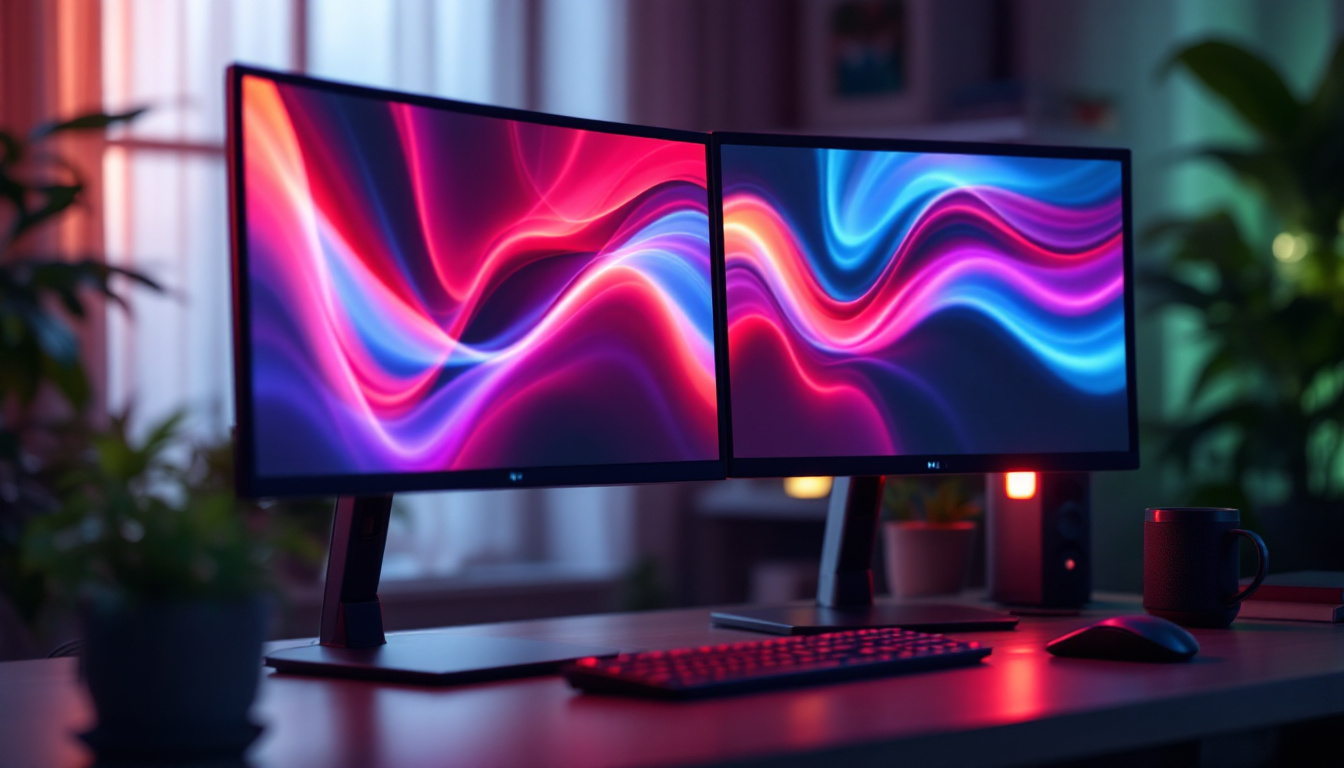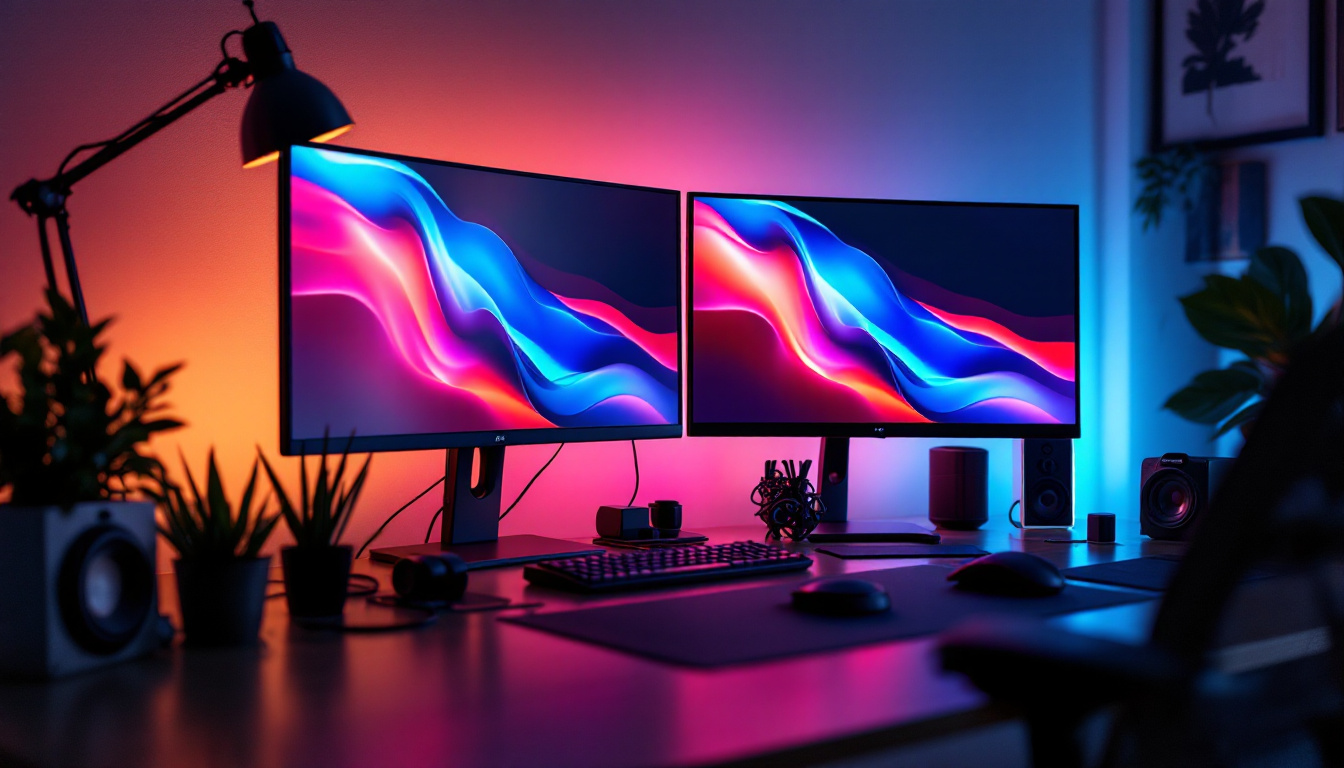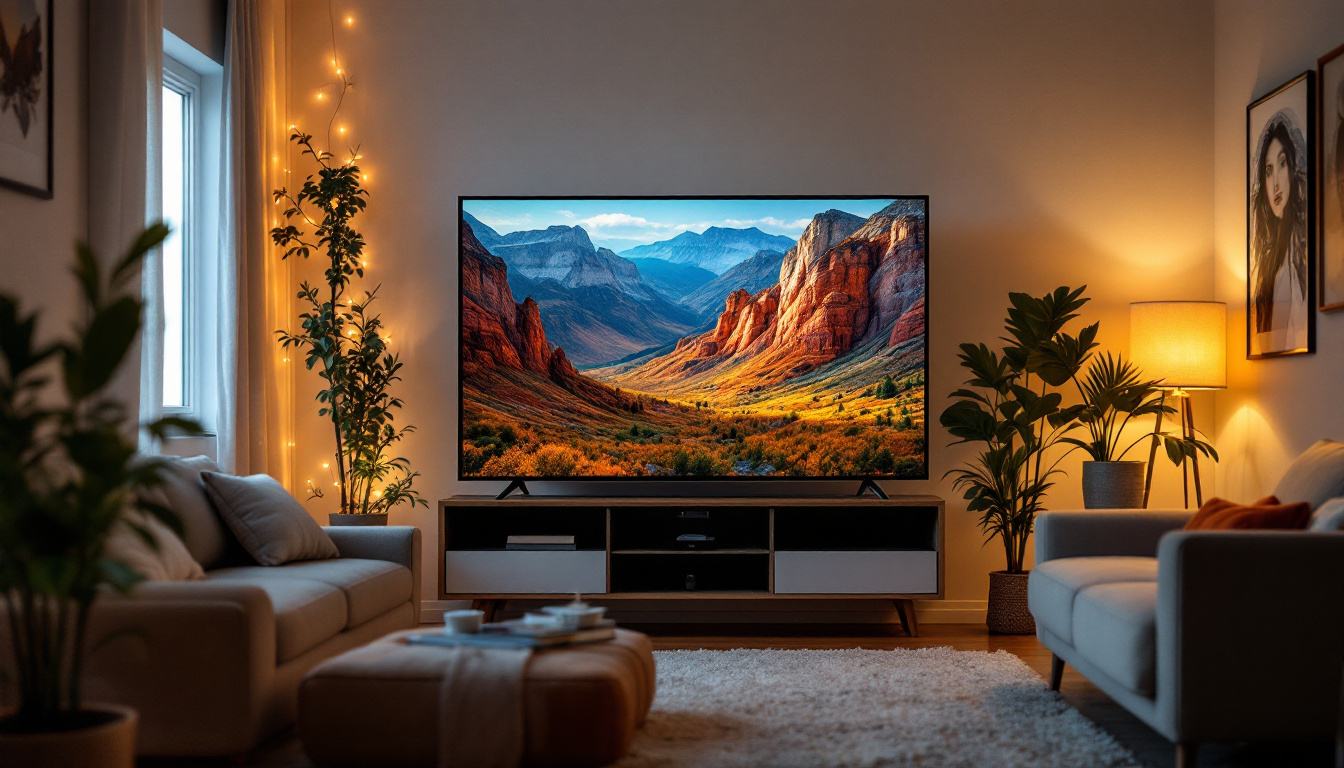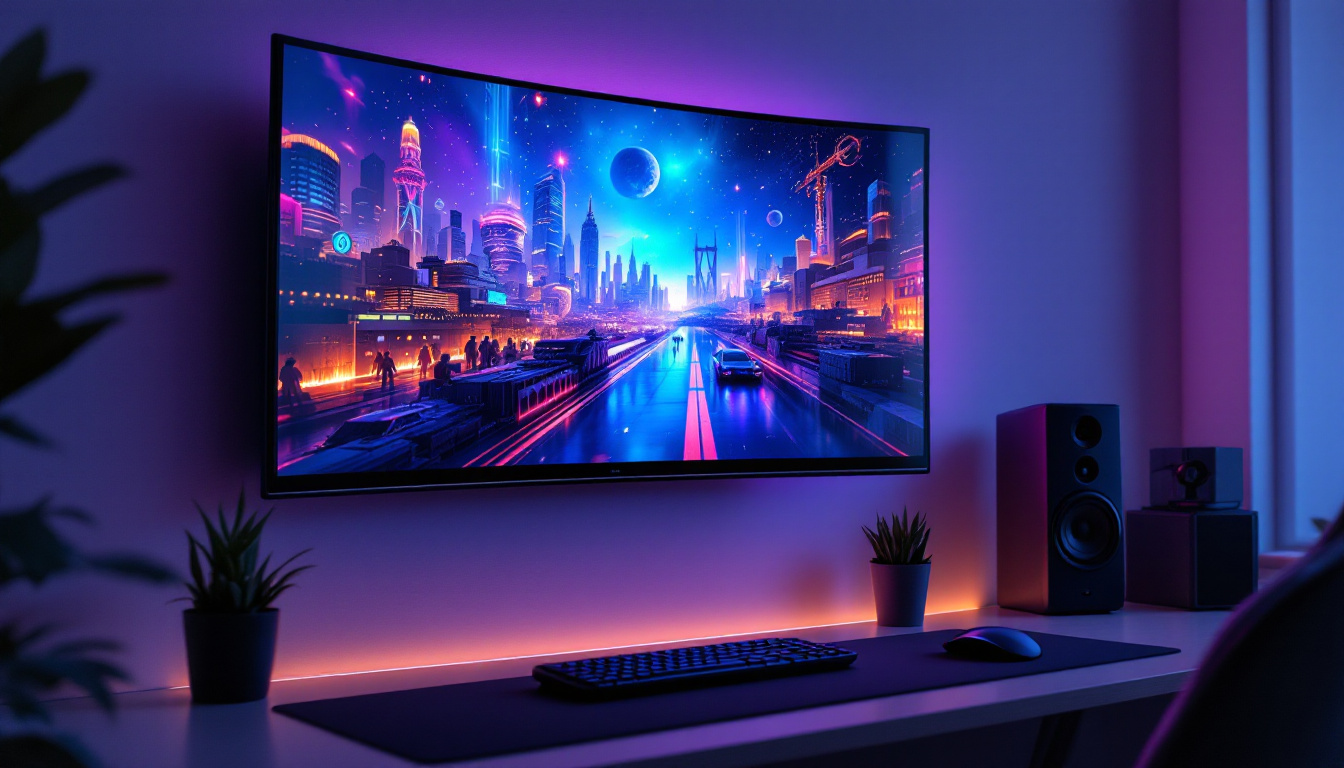In the age of advanced technology, the demand for high-quality displays has surged. Among these innovations, the 4K touch monitor stands out as a remarkable solution for both personal and professional use. This article delves into the intricacies of 4K touch monitors, focusing on LED display technology, its benefits, and various applications.
Understanding 4K Resolution
Before exploring the features of 4K touch monitors, it is essential to understand what 4K resolution entails. 4K, also known as Ultra High Definition (UHD), refers to a display resolution of approximately 3840 x 2160 pixels. This resolution provides four times the pixel density of Full HD (1920 x 1080), resulting in sharper images and more detailed visuals. The term “4K” originates from the horizontal pixel count, which is roughly 4,000 pixels, and it has become synonymous with high-quality content across various media platforms, including streaming services, gaming consoles, and professional displays.
The Importance of Pixel Density
Pixel density plays a crucial role in visual clarity. Higher pixel density means that images can be displayed with greater detail and precision. This is particularly beneficial for tasks that require intricate detail, such as graphic design, video editing, and gaming. The enhanced clarity of 4K displays allows users to see finer details that would be lost on lower resolution screens. For instance, in graphic design, designers can work on high-resolution images without losing quality, while video editors can make precise cuts and adjustments, ensuring that every frame meets the highest standards. Furthermore, the increased pixel density reduces the visibility of individual pixels, creating a more seamless and lifelike viewing experience.
Benefits of 4K Resolution
4K resolution offers several advantages beyond just improved image quality. For instance, it enhances the overall viewing experience, making it more immersive. Whether watching movies, playing games, or working on creative projects, the increased resolution provides a more engaging and enjoyable experience. Additionally, 4K displays are becoming increasingly common in various sectors, making them a standard choice for modern applications. In the realm of entertainment, streaming platforms like Netflix and Amazon Prime Video are now offering a growing library of 4K content, allowing viewers to enjoy films and series in stunning detail. In the corporate world, 4K monitors are being adopted for presentations and video conferencing, enabling clearer visuals that facilitate better communication and collaboration among teams.
Moreover, the benefits of 4K resolution extend to the realm of virtual reality (VR) and augmented reality (AR), where high pixel density is essential for creating realistic and immersive environments. In these applications, the ability to render detailed graphics without noticeable pixelation enhances user experience and engagement. As technology continues to advance, the push for higher resolutions, including 8K, is already on the horizon, but 4K remains a significant milestone in the evolution of display technology, bridging the gap between standard and ultra-high-definition viewing.
What is a Touch Monitor?
A touch monitor is a display screen that allows users to interact with the device through touch. This technology has revolutionized how people interact with computers and various digital devices. Touch monitors can recognize input through fingers, styluses, or other touch-sensitive tools, making them versatile for various applications. The integration of touch technology into displays has not only enhanced user experience but has also paved the way for more intuitive interfaces that mimic real-world interactions, making technology more accessible to users of all ages and backgrounds.
Types of Touch Technology
There are several types of touch technology used in touch monitors, each with its unique characteristics. The most common types include resistive, capacitive, and infrared touch screens. Resistive touch screens are known for their affordability and durability, making them suitable for industrial applications. Capacitive touch screens, on the other hand, offer superior clarity and responsiveness, making them ideal for consumer electronics. Infrared touch screens utilize light beams to detect touch, allowing for multi-touch capabilities and enhanced durability. Additionally, newer technologies like optical touch screens and projected capacitive touch screens are emerging, providing even more advanced features such as improved accuracy and the ability to work in various environmental conditions.
Applications of Touch Monitors
Touch monitors have found their way into various industries, from retail to healthcare. In retail environments, they can be used for interactive kiosks, allowing customers to browse products and make purchases seamlessly. In healthcare, touch monitors enable medical professionals to access patient records and imaging quickly. The versatility of touch monitors makes them an invaluable tool across multiple sectors. Beyond these applications, touch monitors are also increasingly utilized in education, where they serve as interactive whiteboards that facilitate collaborative learning experiences. In the hospitality industry, touch screens are employed in self-service check-in kiosks, enhancing guest convenience and streamlining operations. Furthermore, with the rise of smart homes, touch monitors are becoming integral to controlling various home automation systems, allowing users to manage everything from lighting to security with a simple touch.
LED Display Technology
LED (Light Emitting Diode) technology has become the standard for modern displays, including 4K touch monitors. This technology offers numerous advantages over traditional display technologies, such as LCD and CRT. LED displays are known for their energy efficiency, vibrant colors, and slim profiles.
How LED Displays Work
LED displays work by utilizing small light-emitting diodes to create images. These diodes emit light when an electric current passes through them, allowing for precise control over brightness and color. Unlike traditional LCD displays that require a backlight, LED displays can produce brighter images and deeper blacks, enhancing overall picture quality.
Advantages of LED Displays
The advantages of LED displays extend beyond just improved image quality. They are also more energy-efficient, consuming less power than their predecessors. This energy efficiency translates to lower operating costs and a reduced environmental impact. Additionally, LED displays tend to have a longer lifespan, making them a cost-effective choice for consumers and businesses alike.
Combining 4K Resolution and Touch Technology
The combination of 4K resolution and touch technology in monitors creates a powerful tool for various applications. This synergy enhances user experience, providing both stunning visuals and intuitive interaction. Whether for creative professionals or everyday users, the benefits are substantial.
Enhanced User Experience
With 4K touch monitors, users can enjoy a more engaging and interactive experience. The high resolution allows for detailed graphics and images, while the touch functionality enables intuitive navigation. This combination is particularly beneficial in creative fields, where precision and detail are paramount. Designers and artists can manipulate images with greater accuracy, leading to more polished final products.
Applications in Various Fields
The versatility of 4K touch monitors makes them suitable for numerous applications. In education, they can be used in classrooms to create interactive learning environments, allowing students to engage with content dynamically. In business, they facilitate presentations and collaborative work, enabling teams to brainstorm and visualize ideas effectively. The healthcare sector also benefits from this technology, as medical professionals can interact with patient data and imaging in real-time.
Choosing the Right 4K Touch Monitor
When selecting a 4K touch monitor, several factors should be considered to ensure it meets specific needs. These factors include screen size, touch technology, connectivity options, and overall build quality.
Screen Size and Resolution
The screen size is a crucial consideration, as it affects both usability and space requirements. Larger screens provide more real estate for multitasking and detailed work, while smaller screens may be more suitable for limited spaces. Additionally, while 4K resolution is standard, some monitors may offer different pixel densities, which can impact clarity and detail.
Touch Technology and Responsiveness
Choosing the right touch technology is vital for achieving the desired level of responsiveness and accuracy. Capacitive touch screens are generally preferred for their sensitivity and multi-touch capabilities, while resistive screens may be better suited for environments where durability is essential. Testing the responsiveness of the touch functionality before making a purchase is advisable to ensure it meets expectations.
Connectivity Options
Connectivity options are another critical aspect to consider. A good 4K touch monitor should offer multiple ports, including HDMI, USB-C, and DisplayPort, to accommodate various devices. Additionally, built-in features such as Wi-Fi and Bluetooth can enhance usability by allowing for wireless connections and easy integration with other devices.
Future Trends in 4K Touch Monitors
The evolution of technology continues to shape the landscape of 4K touch monitors. As demand for high-quality displays grows, innovations in design and functionality are expected to emerge. Several trends are likely to influence the future of this technology.
Increased Integration with Smart Technology
As smart technology becomes more prevalent, 4K touch monitors are likely to see increased integration with smart home systems and IoT devices. This integration will allow users to control various aspects of their environment directly from their monitors, creating a seamless experience. For instance, users may be able to adjust lighting, temperature, and security settings through their touch monitors.
Advancements in Display Technology
Future advancements in display technology may lead to even more impressive visuals and functionalities. Innovations such as OLED and MicroLED displays promise to deliver enhanced color accuracy, contrast ratios, and energy efficiency. These technologies could further elevate the user experience, making 4K touch monitors even more appealing.
Enhanced Collaboration Features
As remote work and collaboration become increasingly common, 4K touch monitors are expected to evolve to support these trends. Features such as built-in video conferencing tools, collaborative software, and enhanced connectivity options will likely become standard. These advancements will facilitate more effective teamwork, regardless of physical location.
Conclusion
The 4K touch monitor represents a significant advancement in display technology, combining high-resolution visuals with intuitive touch functionality. As the demand for superior displays continues to rise, understanding the features and benefits of these monitors becomes essential for making informed purchasing decisions. With applications spanning various industries, from education to healthcare, the 4K touch monitor is poised to become a staple in both personal and professional environments.
As technology continues to evolve, the future of 4K touch monitors looks promising. With ongoing advancements in display technology and increased integration with smart systems, users can expect even more innovative features and functionalities. Embracing this technology can lead to enhanced productivity, creativity, and overall satisfaction in digital interactions.
Discover the Future of Visual Display with LumenMatrix
Ready to elevate your visual experience with the latest in 4K touch monitor technology? LumenMatrix is at the forefront of LED display innovation, offering a wide array of solutions that bring your content to life. From captivating Indoor LED Wall Displays to dynamic Outdoor LED Wall Displays and beyond, our mission is to transform your visual communication with unparalleled clarity and impact. Don’t miss out on the opportunity to enhance your brand visibility and engage your audience like never before. Check out LumenMatrix LED Display Solutions today and step into the future of digital signage.




